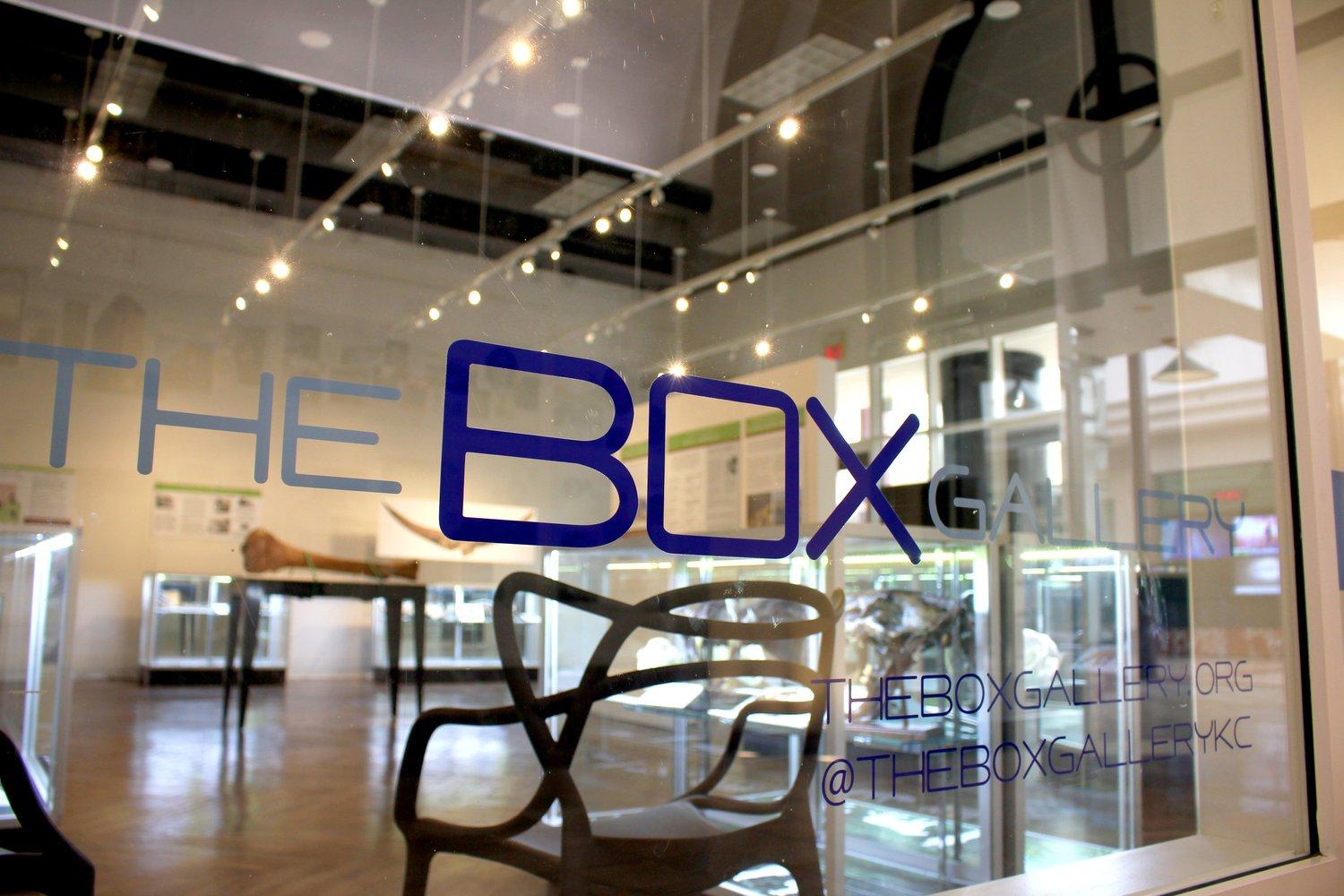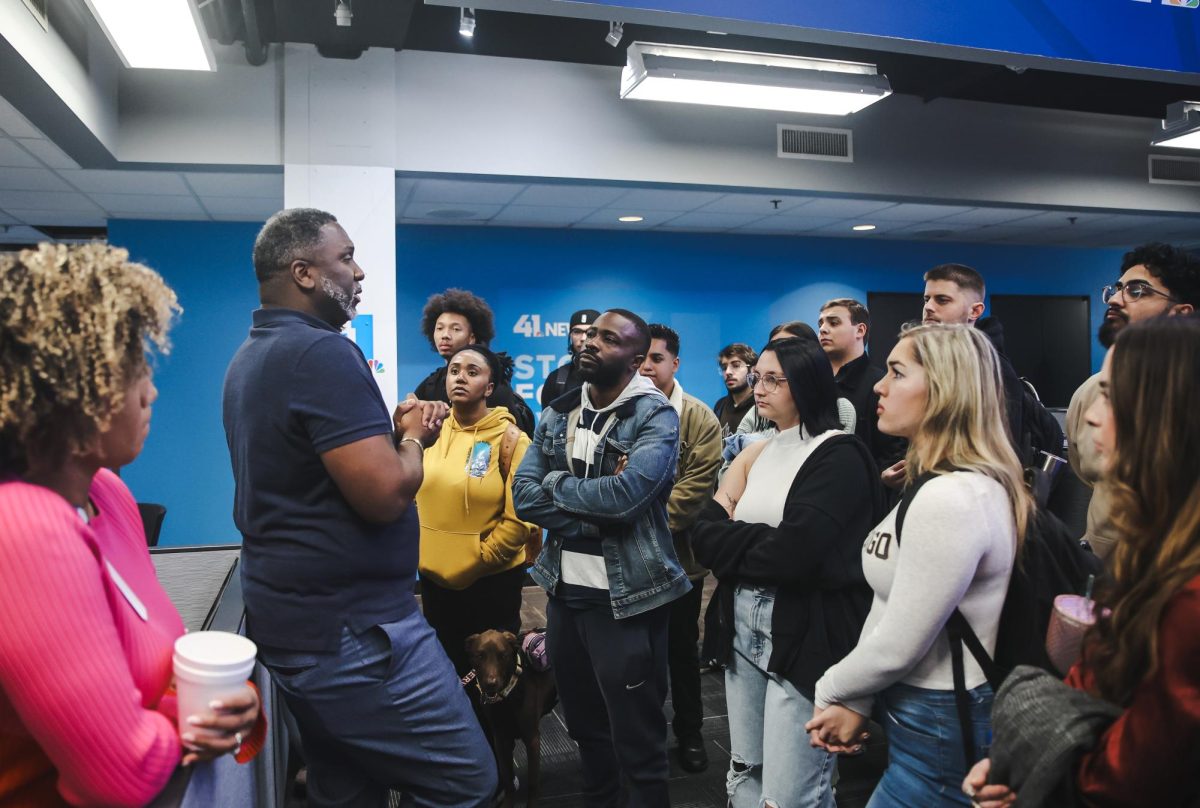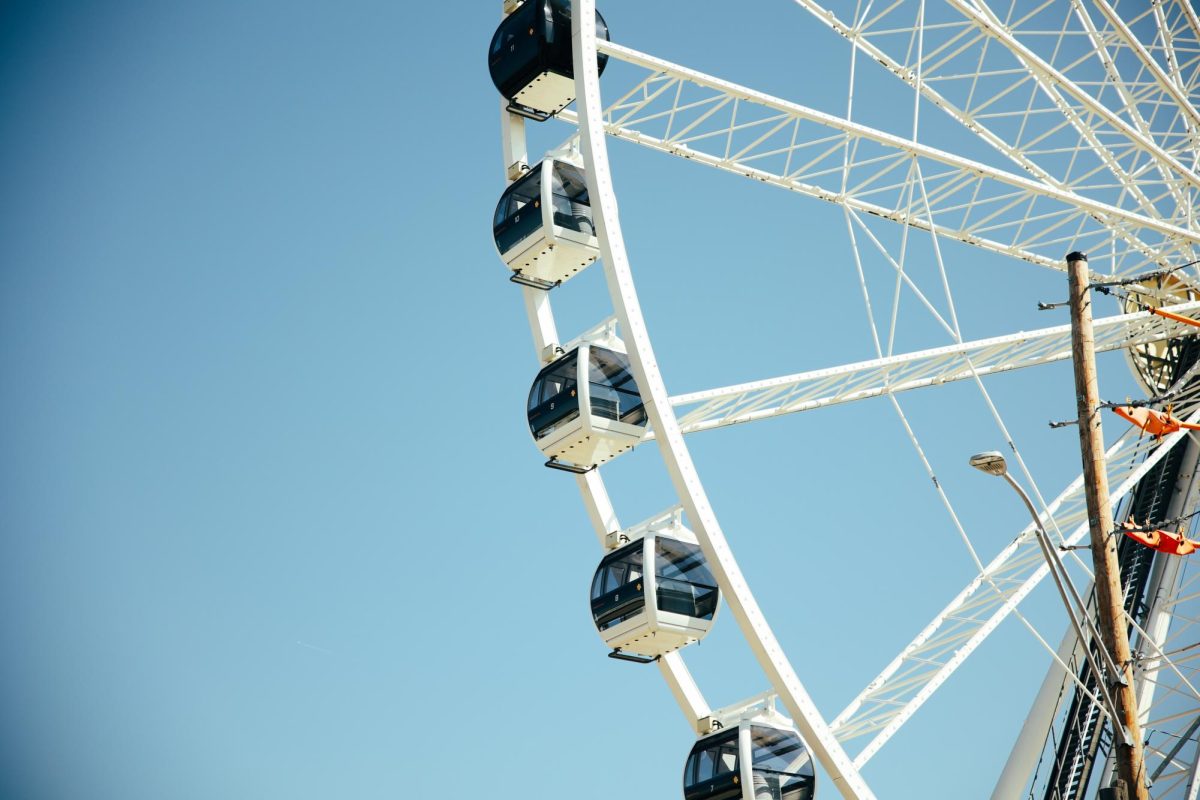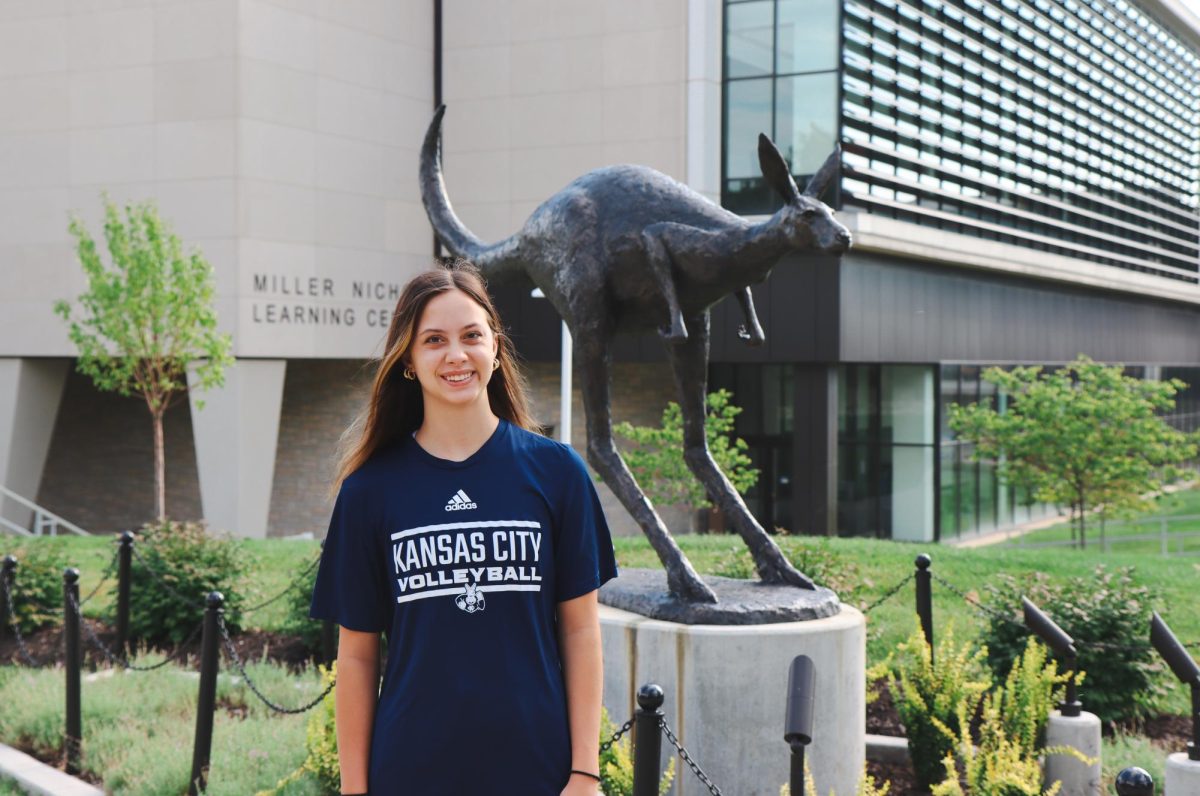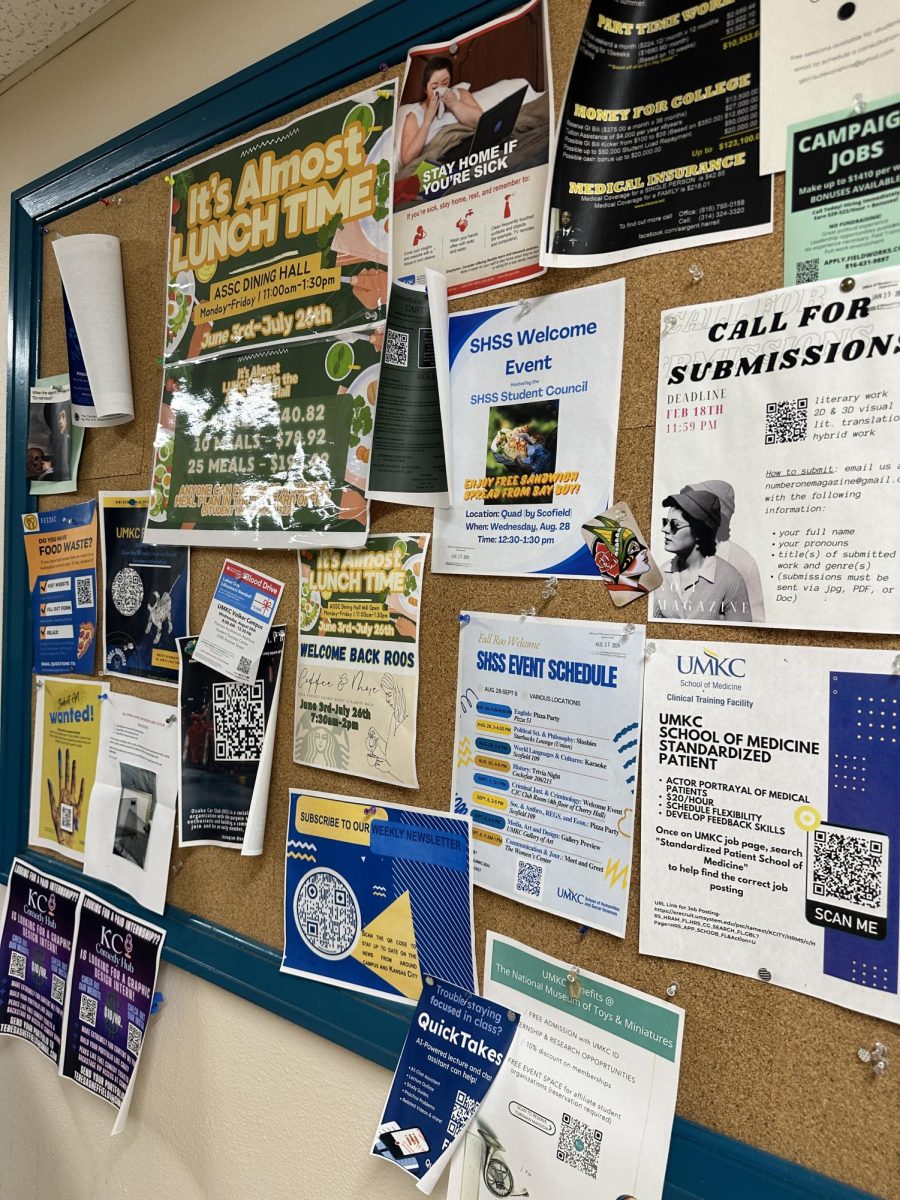Dozens of fossils are available for viewing within Dr. Richard Gentile’s Giant Ice Age Mammals exhibit, located at the Box Gallery until June 24.
Gentile, along with gallery director Robin Trafton, greeted guests at the grand opening of the gallery on April 14. UMKC students in environmental studies and evolution classes were among many of the guests in attendance.
“During the Ice Age, giant mammals dominated the landscape of what is now Kansas City,” the gallery website says. “This exhibit compares skeletal remains of the Ice Age giants with their modern day relatives.”
Dubbed “the rock and fossil doc,” professor emeritus Gentile created the traveling exhibit. The exhibit will eventually come to the UMKC campus, as its Science City and Union Station exhibits have now been completed.
The exhibit showcases fossil specimens and their histories with wall illustrations by Melissa Dehner. These all work together to communicate the geologic history of the Greater Kansas City Area Ice Age that occurred about 10,000 years ago.
During this time period, enormous beavers, mastodons, strangely-horned bison, and now extinct “direwolf” freely wandered through Kansas City. Gentile focused especially on the giant bison exhibit.
“The fossils show the sizes of the bison diminishing,” Gentile said. “The last of the great bison reached extinction about 5,000 years ago. Hunting practices of the human tribes at the time and climate combined contributed to the extinction of large mammals.”
One fossil rarely seen outside a museum is a saber-toothed cat skull with giant teeth sticking out of the upper jaw. The saber-tooth cat reached to a man’s chest, while the cougar living today stands to less than fingertip height.
For a personal virtual tour with Dr. Gentile, visit Theclio.com.
The Box Gallery Giant Ice Age Mammals exhibit, open with free admission to the public, will continue through June 24, 2022, in the Commerce Bank at 1000 Walnut Street, Kansas City, Missouri.
rap2yf@umsystem.edu


